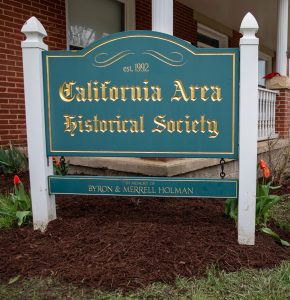Domestic terrorism in America: A larger discussion
October 18, 2017
Stephen Paddock, a 64-year-old American citizen, opened fire on Oct. 1 from the 32nd floor of the Mandalay Hotel. The mass shooting has become the deadliest in United States History with the death toll reaching 59 people, including Paddock, with an excess of 500 injured.
The incident has left many people wondering what could cause someone to commit a heinous crime and has revived the term “domestic terrorism.”
The legal definition of domestic terrorism is activities that “involve acts dangerous to human life that are a violation of the criminal laws of the United States or of any State; appear to be intended — to intimidate or coerce a civilian population; to influence the policy of a government by intimidation or coercion; or to affect the conduct of a government by mass destruction, assassination, or kidnapping; and occur primarily within the territorial jurisdiction of the United States.”
The calculated acts by someone to deliberately cause harm to citizens of the United States makes Stephen Paddock precisely that, a domestic terrorist. With the number of mass shooting increasing every year, these acts are undoubtedly domestic terrorism. Study after study concludes statistics and claims, but yet no action is taken.
The 23 guns that Paddock had in his hotel to use in the shooting, 12 of which were modified with bump stocks that increase the firing rate of firearms, were obtained over a 12 month period. He passed background checks, purchased them legally, and raised no red flags with the gun shop owners or the people around him.
New sources called Paddock a “lone wolf” (USA Today), “He’s just a guy who lived in Mesquite who liked burritos,” CBS News, and just about everything except a domestic terrorist.
Terrorism is a term that has plagued the United States for years, even prior to the World Trade Center attacks on 9/11. Arguably, the most famous case of domestic terrorism was the bombing of the federal building in Oklahoma City, by Lockport, NY resident Timothy McVeigh in 1995. In the past few years, acts of domestic terrorism are on the rise, but not labeled as “terrorism.”
Consider the actions of Dylan Roof, the white supremacist from South Carolina who was convicted on 33 accounts of hate crimes for shooting African-American churchgoers at the Emanuel African methodist Episcopal Church. He killed nine people in an effort to ignite a race war, according to him. His actions and intent exhibit the signs of a domestic terrorist, but he was never labeled as a terrorist.
A more substantial discussion needs to happen about domestic terrorism to create this dialogue that will allow for a solution or a start to prevent the rise in mass shootings in the United States.
Together, there is a need to recognize that the majority of terrorist acts in the United States are not the work of America’s enemies, but its own citizens turned domestic terrorists.






